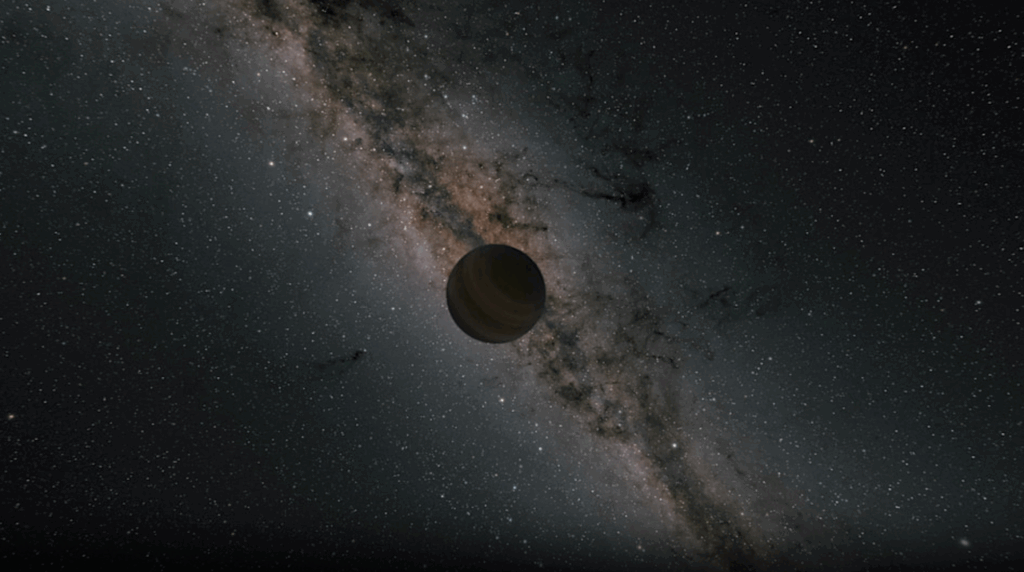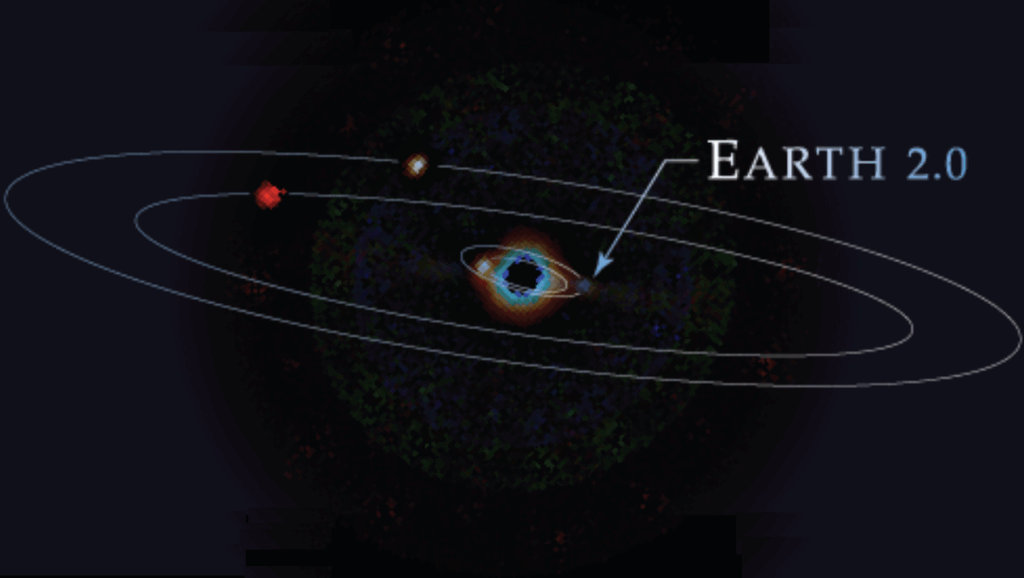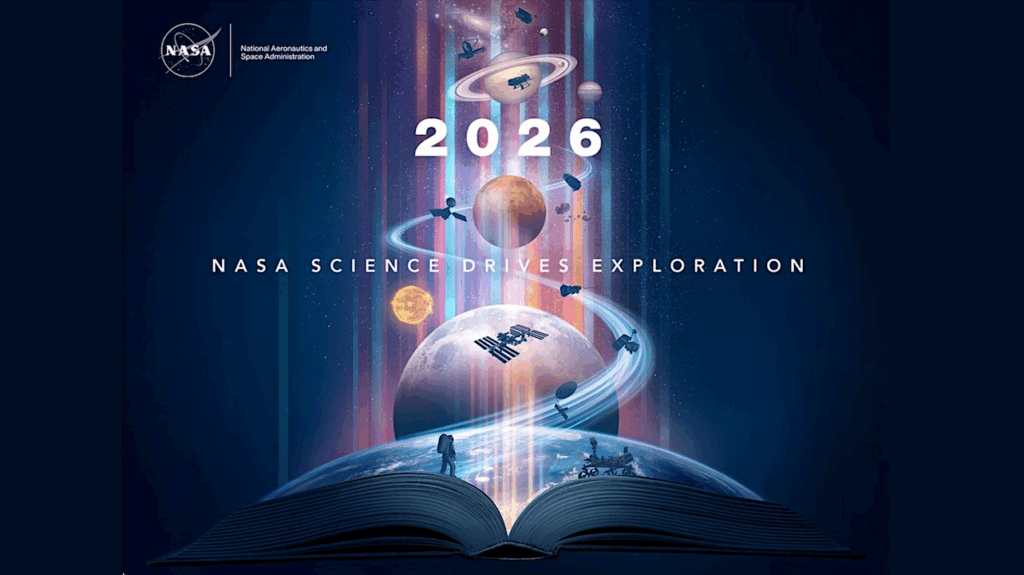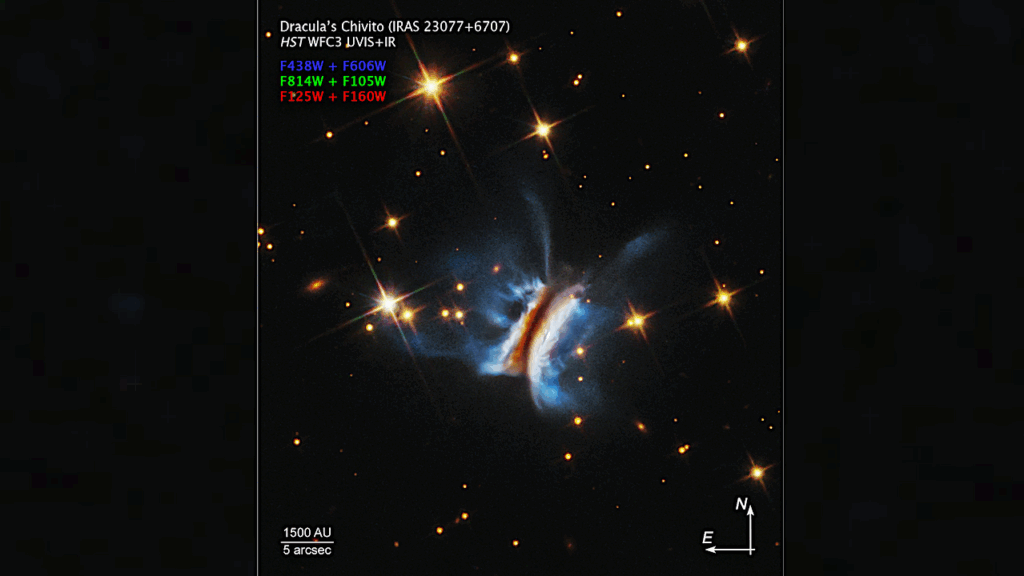Imaging Exoplanets With Coronagraphic Instruments
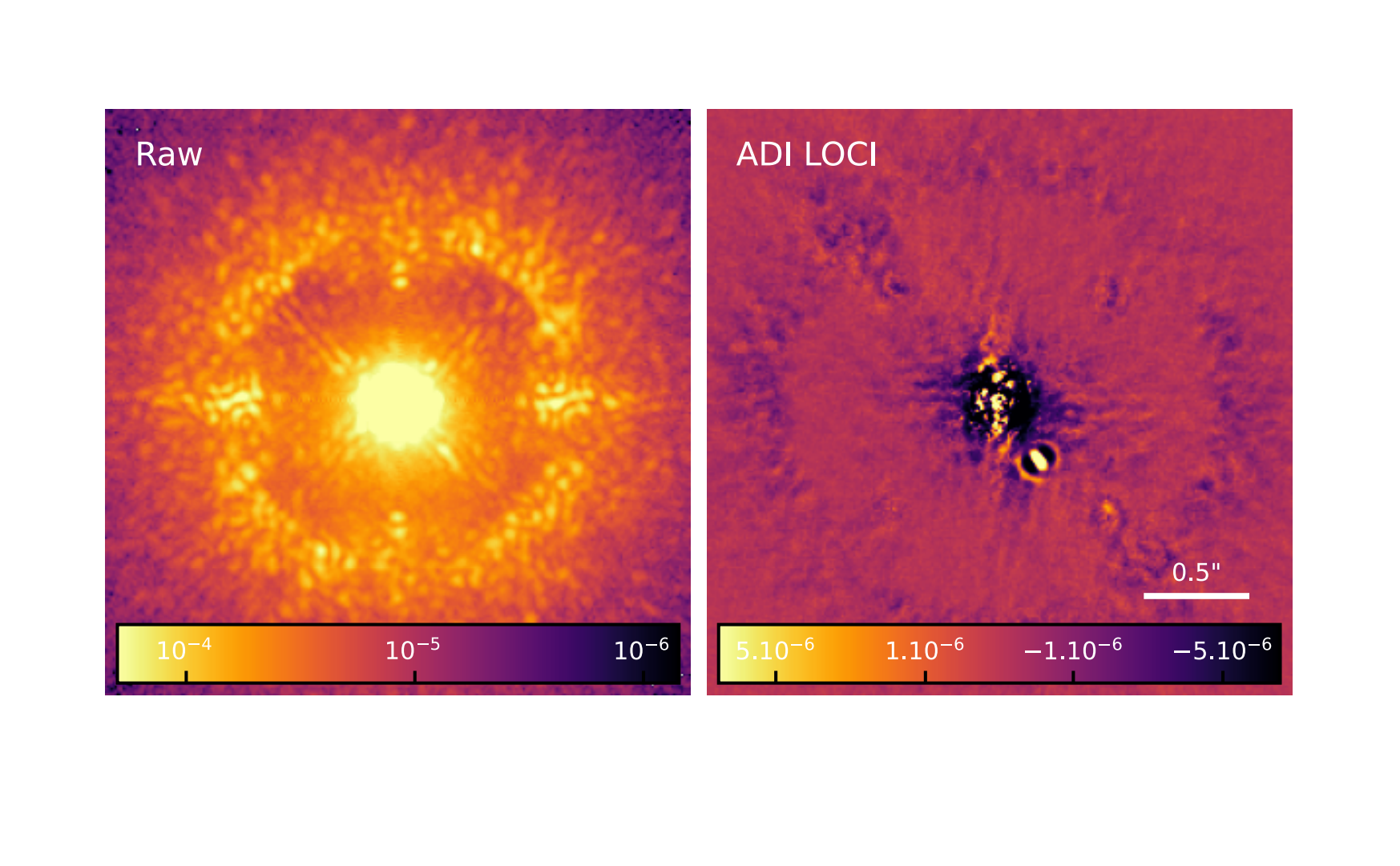
Exoplanetary science is a very active field of astronomy nowadays, with questions still opened such as how planetary systems form and evolve (occurrence, process), why such a diversity of exoplanets is observed (mass, radius, orbital parameters, temperature, composition), and what are the interactions between planets, circumstellar disk and their host star.
Several complementary methods are used for the detection of exoplanets. Among these, imaging aims at the direct detection of the light reflected, scattered or emitted by exoplanets and circumstellar disks. This allows their spectral and polarimetric characterization. Such imaging remains challenging because of the large luminosity ratio (1e4-1e10$) and the small angular separation (fraction of an arcsecond) between the star and its environment. Over the past two decades, numerous techniques, including coronagraphy, have been developed to make exoplanet imaging a reality.
This review gives a broad overview of the subsystems that make up a coronagraphic instrument for imaging exoplanetary systems. It is especially intended for non-specialists or newcomers in the field. We explain the principle of coronagraphy and propose a formalism to understand their behavior. We discuss the impact of wavefront aberrations on the performance of coronagraphs and how they induce stellar speckles in the scientific image. Finally, we present instrumental and signal processing techniques used for on-sky minimization or a posteriori calibration of these speckles in order to improve the performance of coronagraphs.
Raphaël Galicher, Johan Mazoyer
Comments: Accepted for publication in Comptes Rendus Physique. 48 pages (including 12 pages of references). 16 figures
Subjects: Earth and Planetary Astrophysics (astro-ph.EP); Instrumentation and Methods for Astrophysics (astro-ph.IM)
Cite as: arXiv:2302.10833 [astro-ph.EP] (or arXiv:2302.10833v1 [astro-ph.EP] for this version)
https://doi.org/10.48550/arXiv.2302.10833
Focus to learn more
Related DOI:
https://doi.org/10.5802/crphys.133
Focus to learn more
Submission history
From: Johan Mazoyer
[v1] Tue, 21 Feb 2023 17:26:24 UTC (16,363 KB)
https://arxiv.org/abs/2302.10833
Astrobiology


